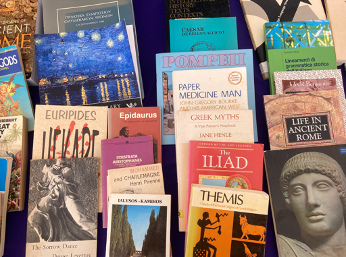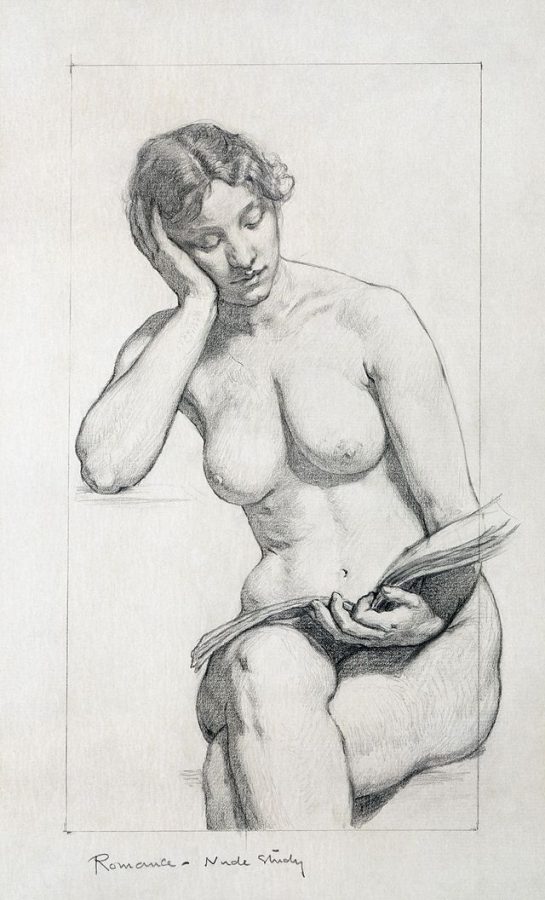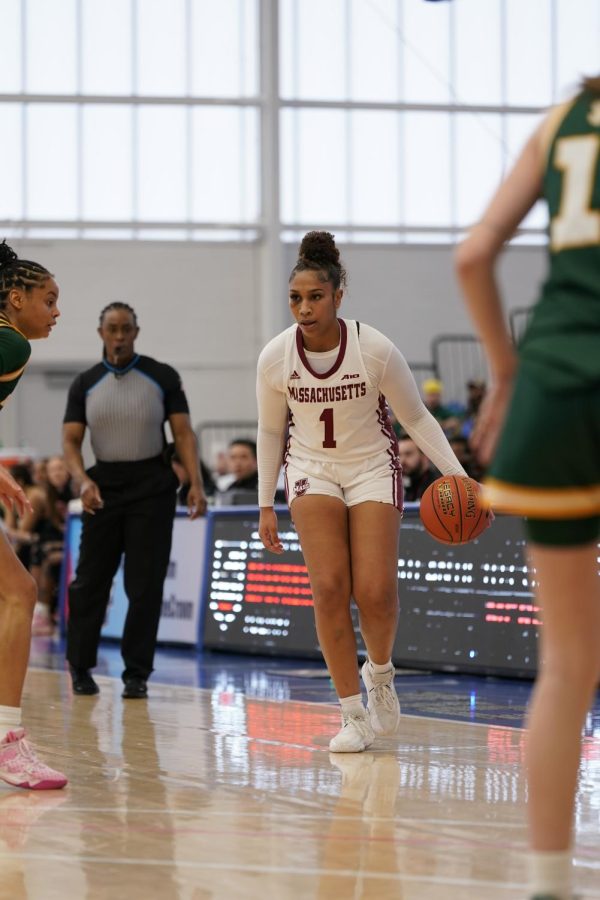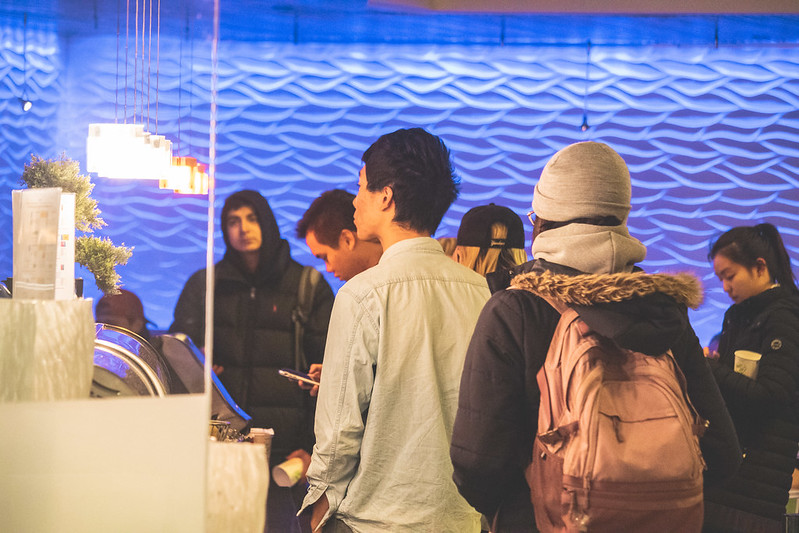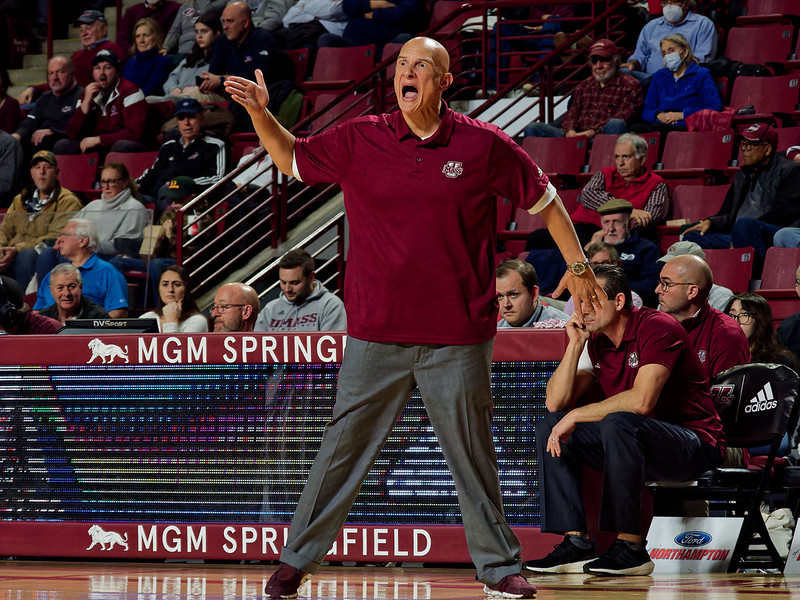On Saturday, Oct. 15, the Western Mass. chapter of the Archaeological Institute of America hosted a fair for International Archaeology Day. The event took place at the University of Massachusetts and featured a multitude of archaeology-themed tables. The tables showcased research projects run by local archaeologists as well as hands-on crafts and activities.
The Western Mass. chapter is part of 101 societies across the nation, affiliated with the Archaeological Institute of America. The group aims to create a community for people interested in archaeology and learning about new research and developments.
“The goal of today is outreach … getting people interested in archaeology, artifacts and joining the Society,” said Simon Oswald, assistant professor of classics at UMass and the vice president of the Western Mass. chapter.
Becky Seifried, UMass librarian and secretary of the Western Mass. chapter, explained that the goal of the fair was to highlight how interesting archaeology is and encourage students to learn more. Seifried had a table at the event, which represented, “the geospatial aspect of archaeology” in an area that’s been “reclaimed by nature,” she said.
Seifried’s current work investigates the Quabbin Reservoir through archaeology and LiDAR technology. The Quabbin is “this giant reservoir that was built in the 30s and 40s to provide water to Boston, and so the cool thing about it is that there’s several communities that were evacuated and flooded … we can see today there are still archaeological features buried below the forest,” said Seifried.
The event spotlighted fascinating subjects through accessible, hands-on activities. Professor Oswald highlighted ancient linguistics with a table where attendees could learn to write their name in Egyptian hieroglyphics, cuneiform and Linear B.
Shannon Hogue, assistant professor of classics and president of the Western Mass. chapter, hosted an interactive table where participants could match ancient vase replicas to modern objects that served the same function – such as deodorant, a wine bottle and perfume.
UMass students and members of Eta Sigma Phi, the national honor society for students of the classics, ran a table for creating personalized Roman mosaics.
Rebecca Worrsham, assistant professor of Smith College’s classics department, presented her Minecraft representation of the early Mycenaean settlement of Malthi. Worrsham explained that the site, originally excavated around the 1920s, is very isolated and in poor condition. She found Minecraft to be a good platform for reconstructing the site since, “it’s so popular and many people have access to it,” she said.
For Geoff Sumi, professor of classics at Mount Holyoke College, archaeology is an invaluable window into the past. Sumi showcased replica Greek coins, which he described as “historical evidence,” as coins have typically showcased important events and values from the time period. “Oftentimes, the best and sometimes the newest evidence is from archaeological excavations,” said Sumi.
Oswald noted the fair has, “a bit of a bias with classical Mediterranean subjects because a lot of [those involved] are from the classics department.” Oswald went on clarify that the purpose is to celebrate global archaeological discoveries.
The International Archaeology Day fair, which was displayed at the Bromery Plaza of the Arts, offered educational and immersive mediums. “We’re always learning new things about the ancient world, primarily because of archaeological evidence,” Sumi said.
Mia Vittimberga can be reached at [email protected].

